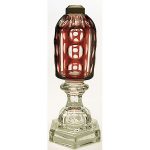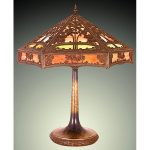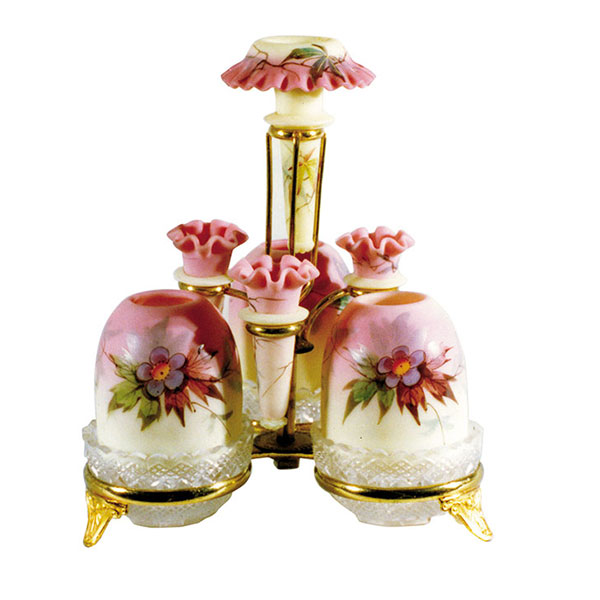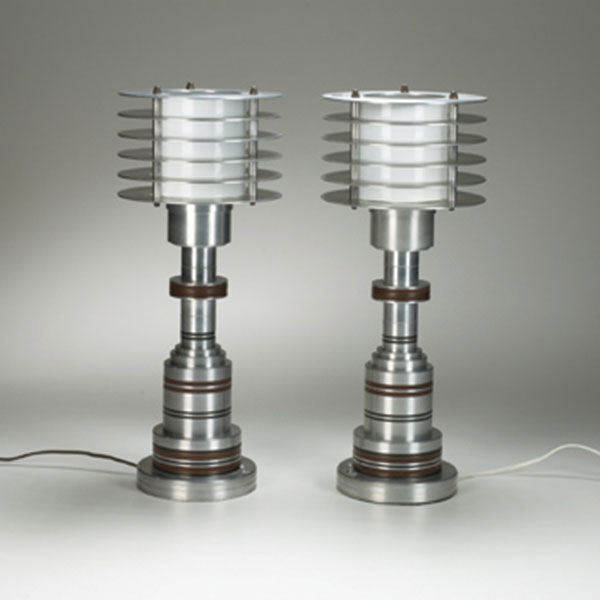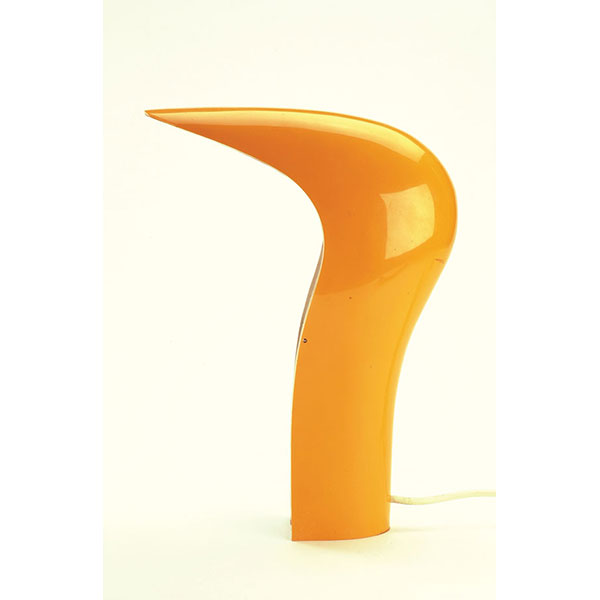Identification Guides
Lighting Devices
Lamps of every type, from early oil-burning Betty and Phoebe lamps to recent electric lamps with glass or beaded shades, interest the thousands of lamp collectors. A perfectly sane person may have two hundred oil lamps displayed on a shelf in the living room because the collector knows and appreciates old lighting devices. But a few old lamps are usually enough for one home. Any old lamp (even an early light bulb) is of interest to either a collector or a decorator. The very old oil-burning Betty and Phoebe lamps, elaborate china oil lamps, candle-burning fairy lamps, or leaded glass shades on Art Nouveau electric lamps can be found in homes that are modern in every other detail. The clue to the worth of old lamps is simple. If it looks different, it is valuable.
Lighting changed dramatically with the invention of the light bulb in 1879. The shape of the electric bulb and the nature of a light source with no flame made it possible for the first time to design a lamp with the light focused down or at an angle. Electric lamps could be made with shades that would screen or direct the light.
The light from one present-day sixty-watt light bulb is equal to the light from twenty-five double-wick whale-oil lamps.
